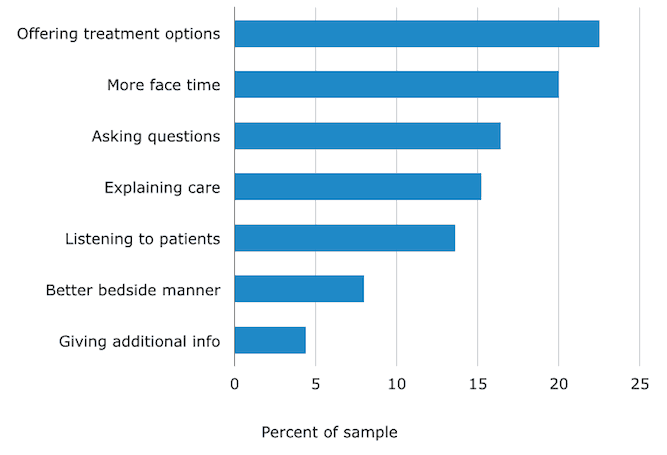Can New Practice Management Models Increase Patient Engagement for Millennials?
- Blake Rodocker
- December 02, 2014

As the pressure increases on physicians to see more patients each day, the active role that patients play in their own care has become more crucial. In fact, patient engagement is often seen as the key to quality care. Through patient engagement, for example, a physician is able to build trust with patients, therefore increasing the likelihood of a patient following a treatment plan.
Three distinct practice management models have gained popularity in the healthcare field – shared decision-making, open notes and shared medical visits – but are they actually improving patient involvement?
Software research firm Software Advice surveyed 297 millennials to find out. Millennials are patients between the ages of 18 and 35, the second-largest and most diverse generation to this day – and more importantly, the most challenging to please in regards to healthcare.
Patients Say Doctors Could Do More to Improve Engagement
Of the millennials surveyed, 80 percent stated their doctor could do more to improve their level of involvement in their medical care. Moreover, 77 percent responded that their doctor or other healthcare professionals could have done more to improve their level of engagement during their last medical visit.
When asked what patient engagement methods could improve their involvement, 25 percent of the millennials said providing more treatment options, while another 20 percent said they want more face time with their doctor. Long wait times and brief appointments often prevent this from occurring.
Other ways physicians could improve patient engagement include:
Are Practice Management Models Improving Engagement?
So what methods are healthcare providers using to engage millennials who are known to describe medical care as inconvenient and irritating?
When patients were asked for their opinion on the practice management methods mentioned above, over 75 percent said shared-decision-making and open notes would improve their level of engagement. In fact, 76 percent of patients reported that they would be “extremely” or “very likely” to use a shared decision-making model of care, and 61 percent stated they were “extremely” or “very likely” to use open notes.
The open notes model has increased in popularity due to the availability of online patient portal software, which makes it easy for physicians to share visit notes with patients without requiring those notes to be photocopied. Patient portals also help facilitate patient engagement by opening secure channels of communication between the patient and the provider. The more involved patients are in their own healthcare, the more their medical needs are being met, resulting in overall better care and treatment outcomes.
With patient engagement gaining popularity, is your organization ready to create a patient engagement strategy?
